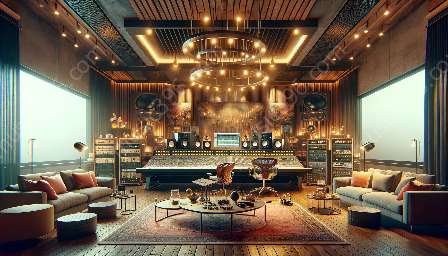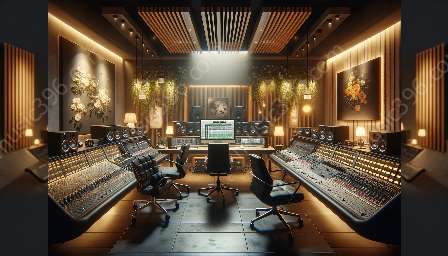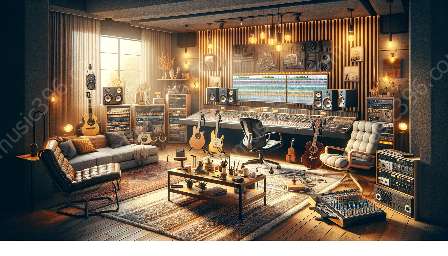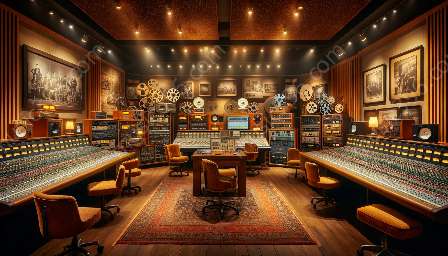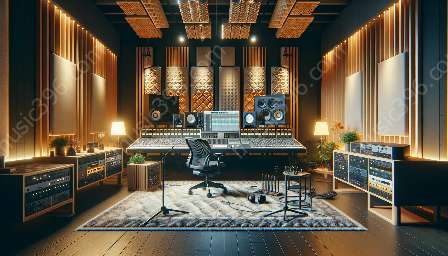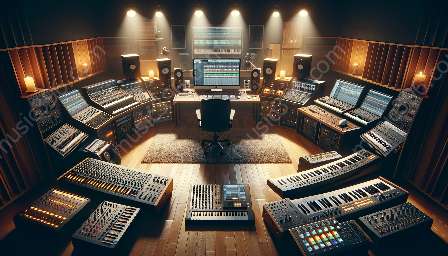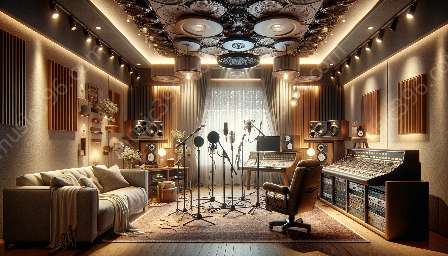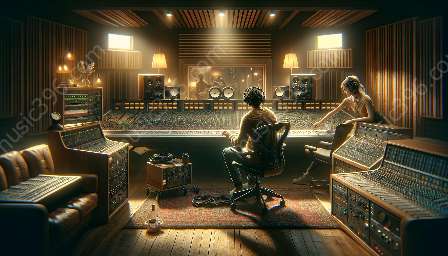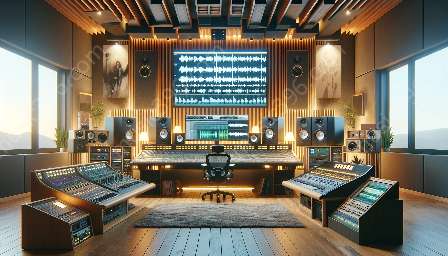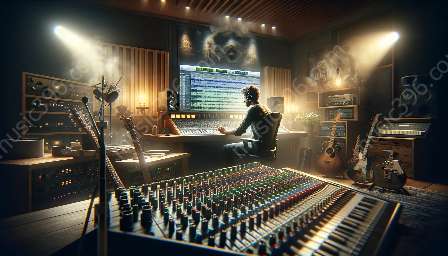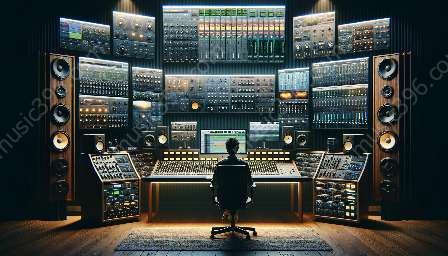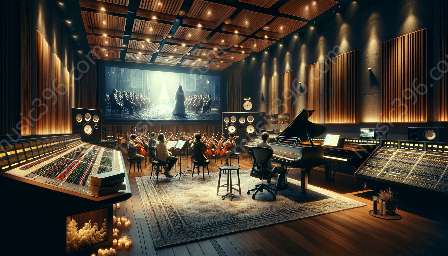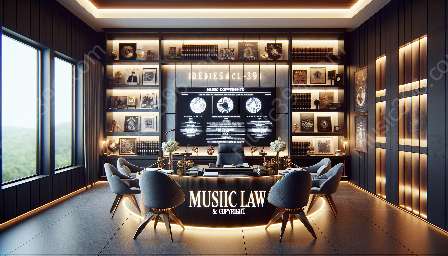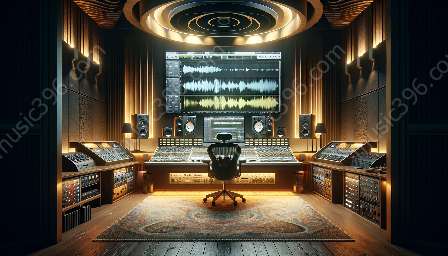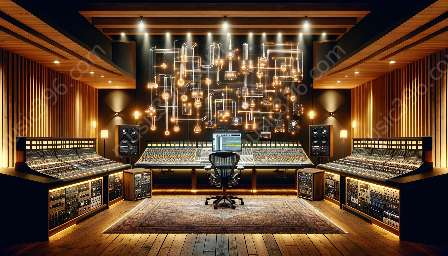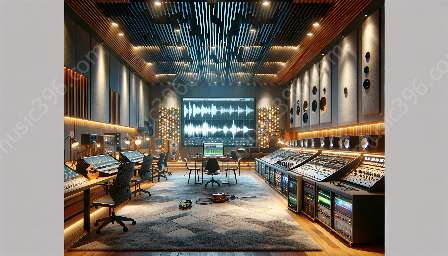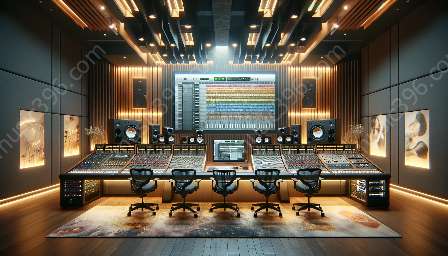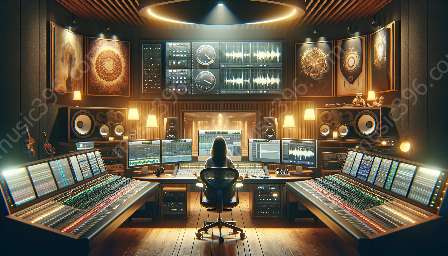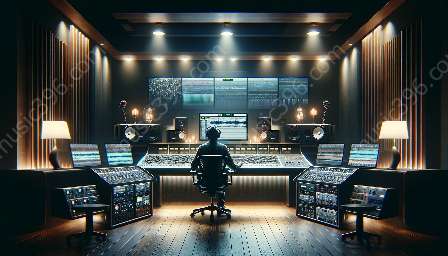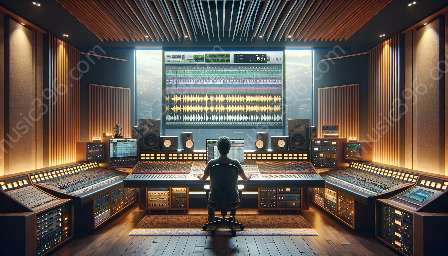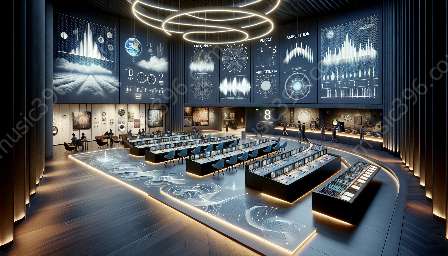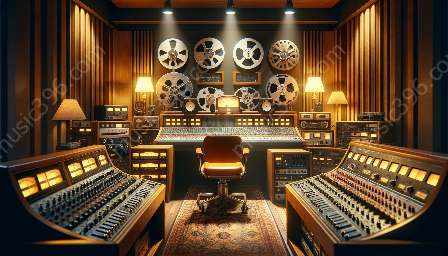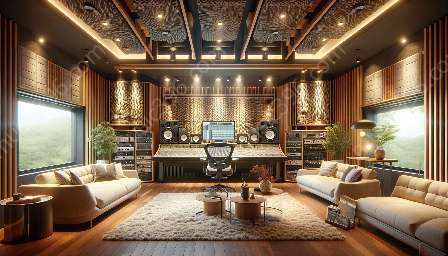Architectural design for music venues is a critical element in creating a space that provides optimal sound quality and an exceptional experience for both performers and audiences. From the science of sound and acoustics to the integration of music recording technology, there are various factors to consider in achieving an attractive and real design.
The Science of Sound and Acoustics
When designing music venues, understanding the science of sound and acoustics is essential. Proper acoustics play a vital role in creating an immersive experience for the audience and ensuring that the music is accurately heard and perceived. This involves considering factors such as room shape, materials, and sound diffusion to create a balanced, natural reverberation and sound clarity.
Architectural elements, such as the placement of walls, ceilings, and seating, also impact the way sound travels within a space. By utilizing advanced acoustical analysis and digital simulations, architects and designers can optimize the venue's layout to achieve the best possible sound quality for various types of musical performances.
Integration of Music Recording
Integrating music recording technology into the architectural design of music venues has become increasingly important. Many venues now offer live recording capabilities, allowing artists to capture their performances with studio-quality results. This integration requires careful consideration of equipment placement, sound isolation, and acoustical treatments to ensure that the recorded sound is faithful to the live experience.
Architects and designers work closely with audio engineers and recording specialists to implement features such as isolation booths, control rooms, and wiring infrastructure that seamlessly blend into the venue's design. This collaboration ensures that the recording process does not interfere with the live sound and audience experience, while still providing musicians with the tools they need to capture exceptional recordings.
Enhancing the Audience Experience
Architectural design for music venues goes beyond just creating optimal sound environments; it also focuses on enhancing the overall audience experience. Elements such as sightlines, seating arrangements, and acoustically transparent materials play a crucial role in ensuring that every audience member has an unobstructed view and can fully appreciate the performance.
Furthermore, the integration of visual and lighting design can complement the musical experience, creating a multisensory environment that immerses the audience in the performance. By carefully considering these aspects, architects can create spaces that not only sound great but also provide a visually stunning backdrop for live music events.
Sustainability and Efficiency
With a growing emphasis on sustainable design, architects are also incorporating green building practices into the construction and operation of music venues. By utilizing energy-efficient HVAC systems, renewable materials, and acoustic treatments that minimize environmental impact, designers can create venues that prioritize both performance quality and sustainability.
In addition, efficient design considerations, such as load-in areas for equipment and efficient circulation for staff and performers, contribute to the operational functionality of the venue. By addressing these practical aspects, architects ensure that the venue can accommodate a wide range of performances while maintaining a high level of operational efficiency.
Adapting to Diverse Musical Genres
Not all music venues are created equal, and the architectural design must be adaptable to accommodate diverse musical genres. Whether it's a symphony orchestra, a rock band, or an electronic music performance, the venue's acoustics and spatial layout should be versatile enough to cater to different sonic requirements and performance styles.
This adaptability often involves the incorporation of adjustable acoustic elements, such as movable panels, retractable seating, and variable sound absorption materials. These features allow the venue to transform its acoustic characteristics to suit a wide range of musical genres, ensuring that every performance is presented in the best possible sonic environment.
Technological Integration and Future Innovations
As technology continues to advance, architectural design for music venues must adapt to integrate the latest innovations. This includes incorporating state-of-the-art sound reinforcement systems, immersive audio technologies, and digital connectivity to enhance both the live and recorded music experiences.
Furthermore, the emergence of virtual and augmented reality applications in the music industry presents new opportunities for architectural designers to create interactive and immersive environments for live events. By staying abreast of technological advancements, architects can ensure that music venues remain at the forefront of innovation and provide audiences with cutting-edge experiences.
Conclusion
Architectural design for music venues is a multifaceted process that takes into account the science of sound and acoustics, the integration of music recording technology, and the enhancement of the audience experience. By considering these factors, architects and designers can create spaces that not only elevate the sonic and visual aspects of live music but also contribute to sustainable and adaptable architectural solutions for the future.

